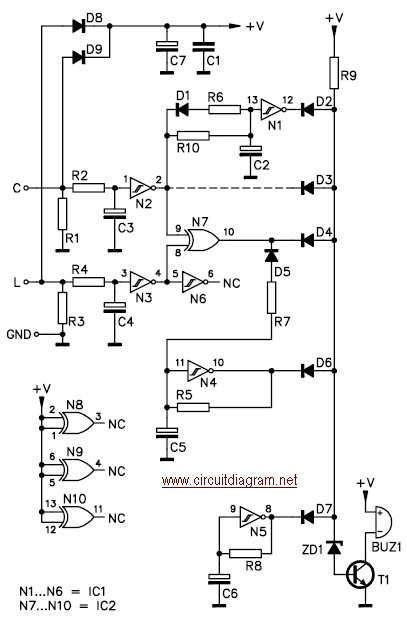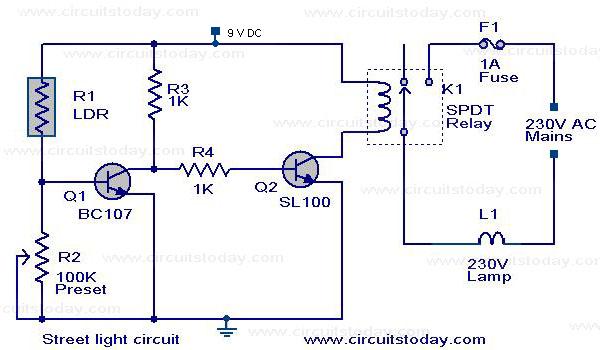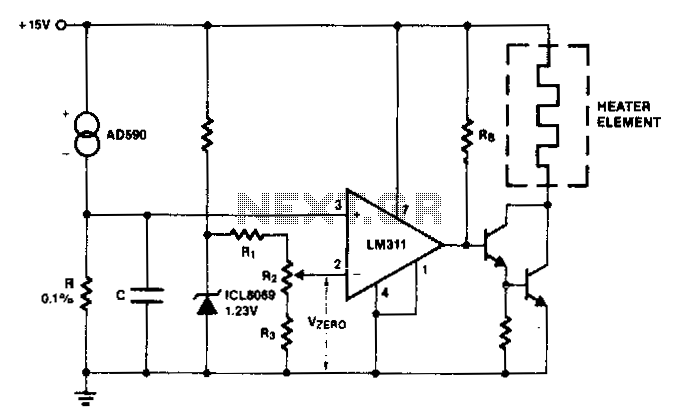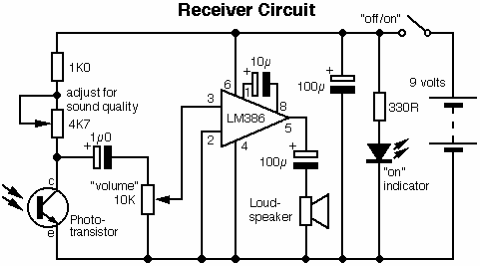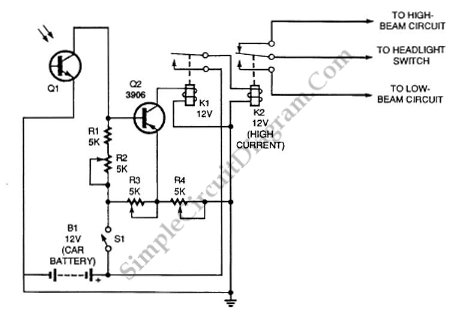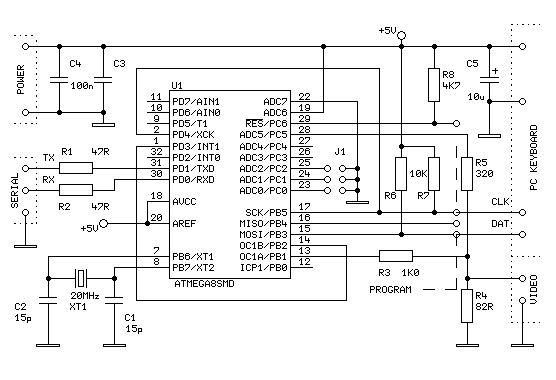
Arduino Traffic Light Controller
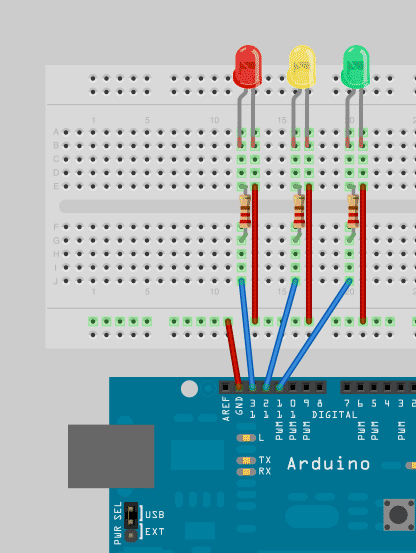
To enhance Arduino programming skills, developing a traffic light controller serves as an excellent practice project.
The traffic light controller project involves designing a circuit that simulates the operation of a traffic light system, typically consisting of red, yellow, and green lights. This project can be implemented using an Arduino microcontroller, which will manage the timing and sequencing of the lights.
The basic components required for this project include:
1. **Arduino Board**: An Arduino Uno or any compatible board can be used as the main controller.
2. **LEDs**: Three LEDs representing the red, yellow, and green lights. Each LED will require a current-limiting resistor, typically 220 ohms, to prevent excessive current flow.
3. **Breadboard and Jumper Wires**: For prototyping and connecting components without soldering.
4. **Power Supply**: The Arduino can be powered via USB or an external power supply.
The schematic will illustrate the connections as follows:
- Connect the anode (longer leg) of the red LED to a digital pin on the Arduino (for example, pin 2) and the cathode (shorter leg) to the ground through a resistor.
- Repeat the same connection for the yellow LED to another digital pin (e.g., pin 3) and the green LED to a third digital pin (e.g., pin 4).
- Ensure all cathodes of the LEDs are connected to the common ground.
The Arduino code will control the timing of each light using the `delay()` function to switch between the red, yellow, and green states. A typical timing sequence might involve the red light being on for 10 seconds, the yellow light for 2 seconds, and the green light for 10 seconds, followed by a repeat of the cycle.
This project not only reinforces basic programming concepts such as loops and conditionals but also provides practical experience with hardware interfacing, circuit design, and debugging. It can be extended by adding features like pedestrian crossing signals, sensors to detect vehicle presence, or even integrating a real-time clock for more complex timing scenarios.If you want to improve your Arduino programming, creating a traffic light controller is great practice.. 🔗 External reference
The traffic light controller project involves designing a circuit that simulates the operation of a traffic light system, typically consisting of red, yellow, and green lights. This project can be implemented using an Arduino microcontroller, which will manage the timing and sequencing of the lights.
The basic components required for this project include:
1. **Arduino Board**: An Arduino Uno or any compatible board can be used as the main controller.
2. **LEDs**: Three LEDs representing the red, yellow, and green lights. Each LED will require a current-limiting resistor, typically 220 ohms, to prevent excessive current flow.
3. **Breadboard and Jumper Wires**: For prototyping and connecting components without soldering.
4. **Power Supply**: The Arduino can be powered via USB or an external power supply.
The schematic will illustrate the connections as follows:
- Connect the anode (longer leg) of the red LED to a digital pin on the Arduino (for example, pin 2) and the cathode (shorter leg) to the ground through a resistor.
- Repeat the same connection for the yellow LED to another digital pin (e.g., pin 3) and the green LED to a third digital pin (e.g., pin 4).
- Ensure all cathodes of the LEDs are connected to the common ground.
The Arduino code will control the timing of each light using the `delay()` function to switch between the red, yellow, and green states. A typical timing sequence might involve the red light being on for 10 seconds, the yellow light for 2 seconds, and the green light for 10 seconds, followed by a repeat of the cycle.
This project not only reinforces basic programming concepts such as loops and conditionals but also provides practical experience with hardware interfacing, circuit design, and debugging. It can be extended by adding features like pedestrian crossing signals, sensors to detect vehicle presence, or even integrating a real-time clock for more complex timing scenarios.If you want to improve your Arduino programming, creating a traffic light controller is great practice.. 🔗 External reference
